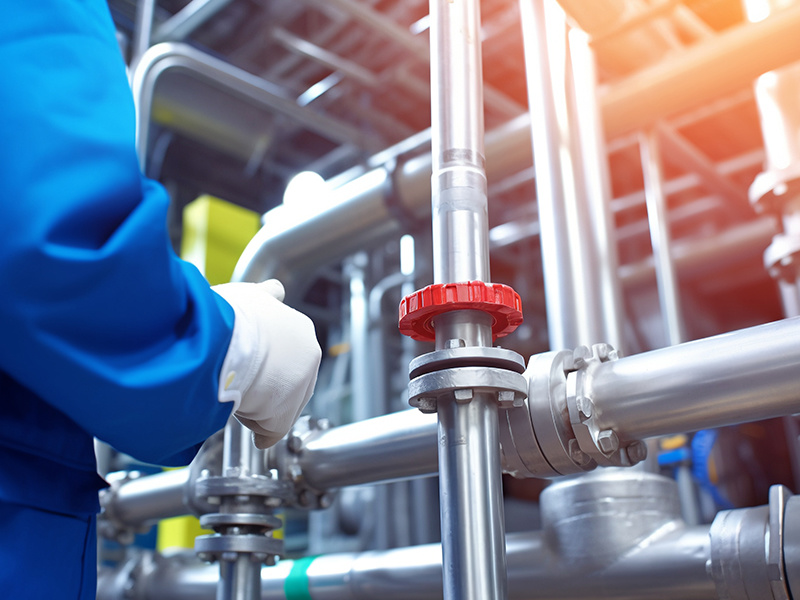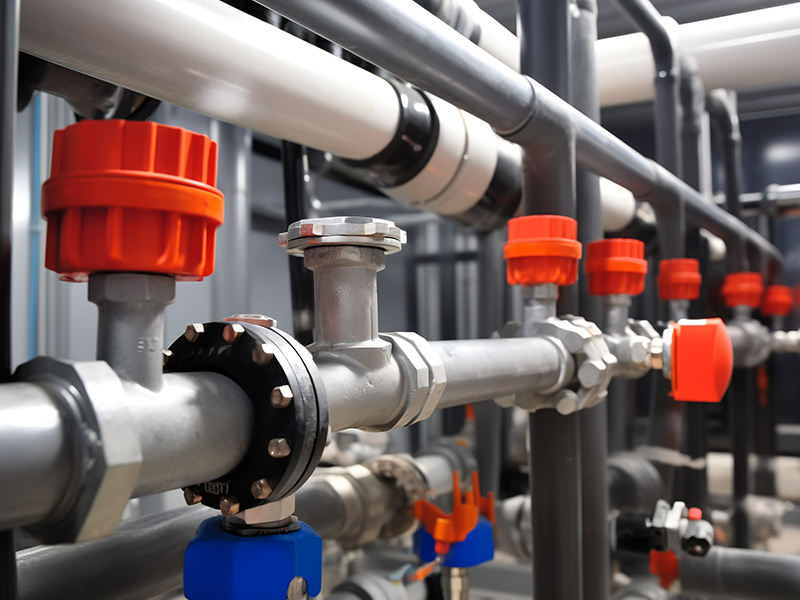The structural principle of DINF1-Y line filter
Release Time:
Jul 30,2025
The structural principle of DINF1-Y line filter

1、Core structural components:
Main body/shell: usually cast or forged (materials include cast iron, cast steel, stainless steel, copper alloy, plastic, etc.), forming a "Y" - shaped flow channel inside. This is the substrate of the filter.
Filter/basket: The most essential component of a filter. It is a porous cylindrical or basket shaped structure (commonly made of stainless steel wire mesh) installed in the cavity of the "Y" - shaped branch. The mesh size of the filter (the number of holes per unit area) determines the filtration accuracy (the minimum particle size that can be intercepted).
Import&Export: Located at both ends of the main pipeline, the fluid flows in from the inlet, passes through a filter screen, and flows out from the outlet.
Discharge outlet/cover: located at the end of the "Y" - shaped branch (below the filter screen), usually with threads or flanges, used for installing discharge valves (ball valves, gate valves, etc.) or directly blocked by screw plugs. This is the place where accumulated impurities are expelled.
Cover plate/end cap: used to close the "Y" - shaped branch cavity for installing and removing the filter screen. It is usually fixed on the main body through flange connection or threaded connection, with a sealing gasket in the middle.
Seals: Sealing gaskets (such as rubber, polytetrafluoroethylene, metal wrap gaskets, etc.) are required between the end cap and the main body, as well as at the drain outlet to ensure sealing.
2、
working principle:
The fluid enters the filter body from the inlet.
The fluid flows through the filter installed in the "Y" branch chamber.
Solid particles larger than the pore size of the filter in the fluid are blocked on the inner surface (upstream side) of the filter.
The filtered clean fluid passes through the filter screen, flows out from the outlet, and flows towards the protected equipment or system.
As the filtration progresses, impurities gradually accumulate on the filter screen, resulting in a pressure difference (pressure drop) before and after the filter.
When the pressure difference increases to a certain extent (affecting system flow or equipment performance), or when maintenance is required, discharge operations should be carried out:
Close the downstream valve of the filter (optional, to prevent fluid backflow).
Slowly open the drain valve installed on the drain outlet.
Utilize the pressure of the fluid inside the pipeline to flush out the impurity particles deposited at the bottom of the filter and inside the cavity.
After the discharge is completed, close the discharge valve.
For severe blockage, it may be necessary to shut down the system, remove the end cap, take out the filter screen for thorough cleaning or replacement, and then reinstall it.





